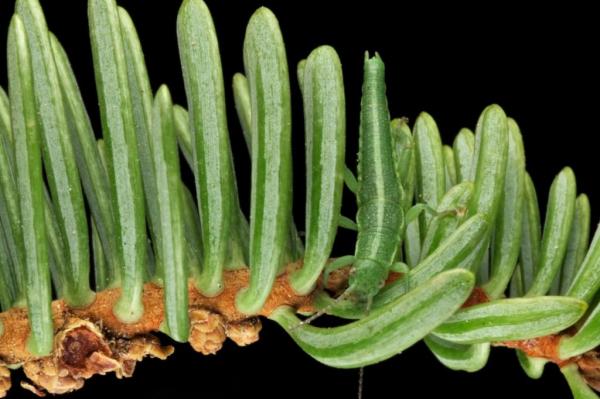
Feb. 17 (UPI) — What makes a new species unique? When does a subspecies become a species?
Recently, researchers at Utah State University sequenced the genomes of more than 1,000 stick insects in an effort to better understand the process of speciation.
“Having sequenced the genomes of a thousand individuals, we were able to pick up signals and variations that might have been missed in a smaller sample,” evolutionary biologist Zach Gompert said in a news release.
Gompert says it was one of the largest non-human genomic surveys yet conducted.
Their analysis — detailed in the journal Nature Ecology & Evolution — showed the emergence of a new species is dictated by a combination of genomic differentiation and mate selection.
They found slight color variations among Timema specimens — a genus of stick insects found in the Western United States — can signal intermediary phases of the speciation process. Timema specimens use cryptic color patterns to blend into their natural surroundings.
“Our work on these insects suggests speciation can be initiated by a few genetic changes associated with natural selection on cryptic color-patterns,” said Gompert. “While speciation is much more complicated than these changes, Timema’s color-patterns provide a window for studying the early phases of the formation of a species.”
Researchers found coexisting stick insect populations tended to feature either broad genomic differences or only slight genomic differences. But intermediary speciation phases were found in places were populations don’t overlap.
“We still have a lot of unanswered questions,” he said. “While color variations in organisms, such as stick insects, can be striking and inform us of phases of evolution, they’re one small aspect of a multi-faceted speciation process.”





